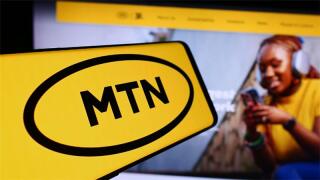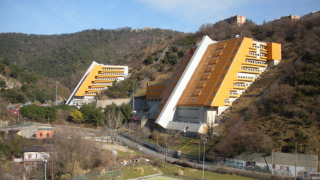The milestones include reviews of how the LTE/4G network system will integrate with the lander and rover, and the completion of the preliminary design review.
In a blog post explaining the developments, Thierry Klein (pictured), VP of the integrated solutions and experiences research lab at Nokia Bell Labs, wrote: "We have already successfully completed four major milestones, the most recent one being the completion of the Preliminary Design Review with NASA of our latest system and solution designs for the space-hardened LTE base transceiver station (BTS), LTE User Equipment (UE), and the lander and rover antennas.
"We also provided in-depth reviews of the interface specifications and integration designs of the LTE/4G network system with the Nova-C lander and the MAPP rover. In addition, we have continued to develop specific LTE RF propagation simulations of the lunar surface that provides key inputs to the rover path planning and the mission Concept of Operations."
The MAPP rover will drive off the Nova-C lander upon landing on the Moon, and it will communicate with the lander and be remotely controlled using Nokia’s LTE/4G system.
Further work included testing some of the prototype antennas in temperatures of -110°C to ensure the kit is suitable for use on the lunar South Pole.
"We also executed long-duration life tests on prototypes of the LTE BTS and LTE user equipment to confirm that they are fully functional and operational significantly beyond the expected lander lifetime," Klein added.
The developments were announced last week, coinciding with the 52-year anniversary of Neil Armstrong becoming the first human to set foot on the Moon.
NASA and Nokia Bell Labs announced their collaboration in October, with Intuitive Machines recruited to handle the integration of Nokia’s system with the lunar lander and rover, as well as its transportation to the Moon.
It is expected the 4G communications network will go live in late 2022, with the potential for it to upgrade to 5G – and therefore support more applications – in future.
The $14.1 million project is part of NASA’s Tipping Point programme, which aims to advance so-called “tipping point” technologies, in partnership with the private sector, for astronauts and robots in the Artemis programme – aka humanity’s return to the Moon – and other future NASA missions.
Writing about the work still to be done, Klein continued: "We continue to work very closely with NASA on a number of aspects, including in particular for the selected frequency band of operation for this technology demonstration. We are proactively engaging with the relevant stakeholders in the regulatory spectrum agencies and standardisation bodies, as well as the international radio astronomy community, to ensure alignment on the safe operation of the LTE/4G system."
Commenting on the "tremendous progress has been achieved so far", he concluded: "However, a lot more work remains in front of us, and we will continue to provide regular updates on our journey to the Moon. Our next key milestones are the Critical Design Review of the end-to-end system designs followed by and the fabrication and testing of our Engineering Development Units. Stay tuned!"





